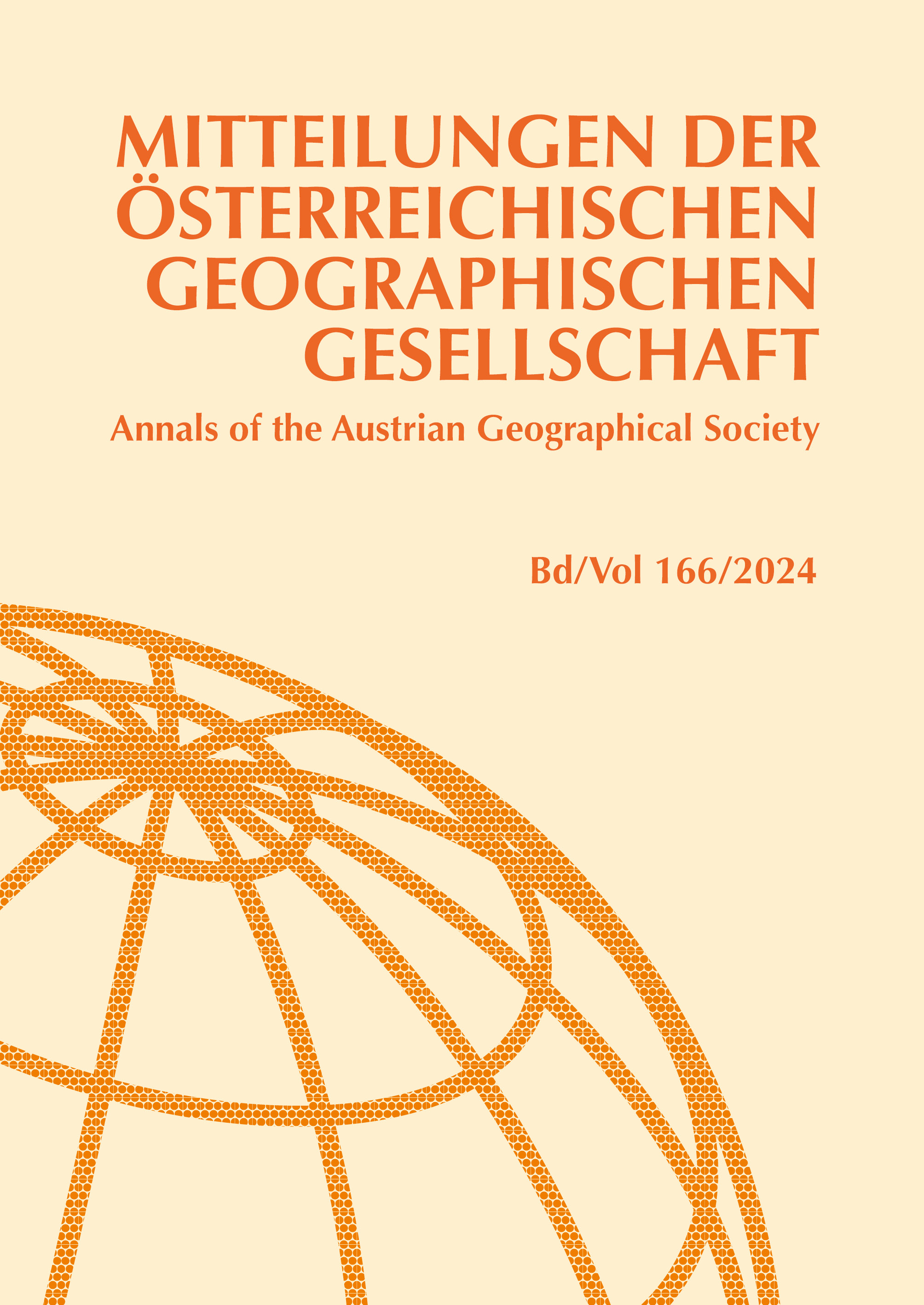
Mitteilungen der Österreichischen Geographischen Gesellschaft, Band 166/2024, pp. 121-144, 2025/04/30
Band 166 (Jahresband), Wien 2024
Volume 166 (Annual volume), Vienna 2024

This paper analyses the competitive advantages brought by location strategy in the fur-niture industry in Denmark. The competitive advantages achieved through location have been one of the main interests in the geographic economics research field. The aim of this study is to analyse the competitive strategy of agglomeration and clusters in Den-mark through qualitative research using questionnaires and interviews. The result shows that the entire Danish furniture industry can be depicted as a national cluster based on Porter’s three cluster dimensions and value chain theory, which leads the industry to become more efficient. This analysis also confirms the existence of regional clusters and their constant innovation. There are different opinions about their existence: this analysis determines that they have neither moved to the big cities – Copenhagen and Aarhus – nor disappeared. They are still in West Jutland. The regional cluster in Skive, West Jutland can be taken as an industrial district or cluster. The competitiveness of the regional clusters is not decreasing but improving. The national and regional clusters have advantages and disadvantages that contribute to the competitiveness of the furniture industry in different ways. Finally, this article gives suggestions for policymakers, such as establishing indus-trial parks. In general, this will contribute to research in the field of agglomeration and cluster.
Keywords: Location, furniture, agglomeration, national cluster, regional cluster, industrial district, Denmark, West Jutland